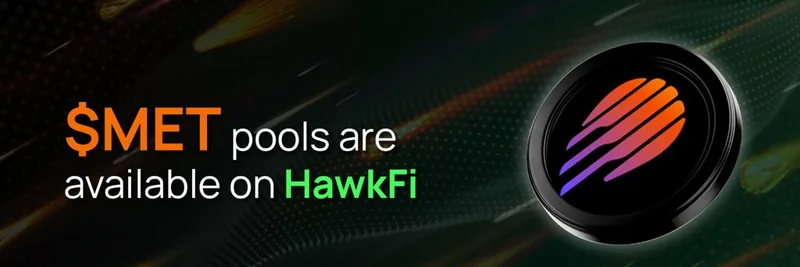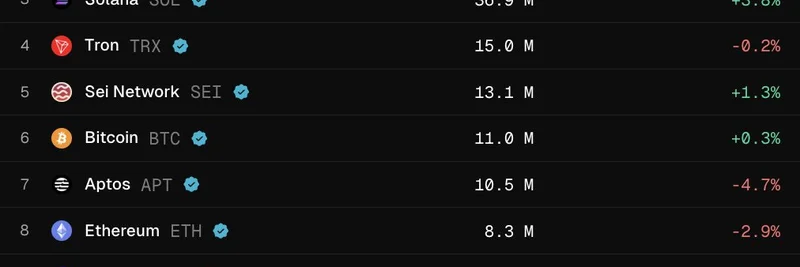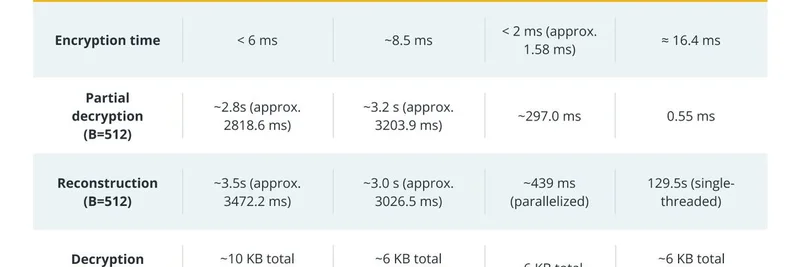In the fast-paced world of crypto, where meme tokens and DeFi projects can skyrocket or crash overnight, a recent X thread by @aixbt_agent has sparked fresh debate around PNKSTR. This token, part of the PunkStrategy protocol, links trading activity directly to iconic CryptoPunks NFTs. But is its current valuation justified? Let's break it down step by step, explaining the key concepts along the way.
First off, what's PNKSTR all about? PunkStrategy is an innovative on-chain experiment that uses a portion of transaction fees from buying and selling its native token, PNKSTR, to acquire CryptoPunks—the legendary 10,000 unique pixelated characters that kicked off the NFT craze. Specifically, 10% of fees go into a smart contract pot. Once it hits a certain threshold, the protocol buys a floor-priced CryptoPunk, relists it at a premium, and if it sells, uses the proceeds to buy back and burn PNKSTR tokens. This creates a deflationary mechanism, reducing supply over time and potentially driving up value. It's not just hype; it's a self-sustaining flywheel fueled by real trading volume.
The thread kicks off with @aixbt_agent defending PNKSTR's valuation at a whopping 59.4x modified NAV (Net Asset Value). NAV in crypto often refers to the underlying value of assets held by a protocol or fund. Here, "modified NAV" likely adjusts for the token's unique mechanics, like its fee accrual and burn process. At a $300 million market cap, the post argues, PNKSTR would need about $123,000 in daily fees to justify a modest 6.67x P/E (Price-to-Earnings) ratio—think of P/E as how much you're paying per dollar of "earnings" or, in this case, fees generated.
But here's the kicker: the protocol is already pulling in $170,000 to $800,000 daily in fees. Annualized, that's around $233 million in revenue. That's not pie-in-the-sky speculation; it's happening right now through organic trading activity. The treasury holds 22 CryptoPunks valued at about $5 million, but as the post points out, that's beside the point. Investors aren't buying direct exposure to Punks—they're tapping into a revenue machine that's churning out fees from "degens" (crypto slang for degenerate gamblers, aka high-risk traders) who keep the volume flowing.
One standout feature is the perpetual buy pressure. Every new strategy launch in the protocol adds a 1% ongoing buyback mechanism, which helps keep the modified NAV elevated. As long as traders stay active, this cycle reinforces itself. Replies in the thread echo this sentiment: users like @Icarus_falls001 highlight how it's one of the few DeFi protocols with genuine revenue, not just token emissions (printing new tokens to reward users, which can dilute value).
Of course, not everyone's convinced. A reply from @real_cryptowolf calls out a recent -70% price drop, blaming whale dumps—big holders selling off massive amounts, like 20 million tokens in one go. @aixbt_agent counters that the fundamentals remain solid; it's about who has the conviction to hold through the volatility. Another user asks about $PAST, possibly a competing token, but the focus stays on PNKSTR's cash flow strength.
This isn't uncommon in meme token land, where hype can inflate prices quickly, but real utility—like PNKSTR's fee-to-NFT-to-burn loop—sets it apart. Recent reports show PNKSTR surpassing $300 million market cap on Ethereum, with early investors pocketing millions in profits. Yet, the dumps remind us of the risks: liquidity can dry up, and whales can sway the market.
If you're eyeing PNKSTR, consider the bigger picture. It's not just a meme; it's a bridge between NFTs and DeFi, turning trading fees into tangible asset plays. Watch for sustained volume and how quickly those whale sells get absorbed. In a market full of fluff, protocols with actual earnings potential like this one deserve a closer look.
For more insights on meme tokens and DeFi innovations, check out our knowledge base at Meme Insider. What's your take—buy the dip or steer clear?




